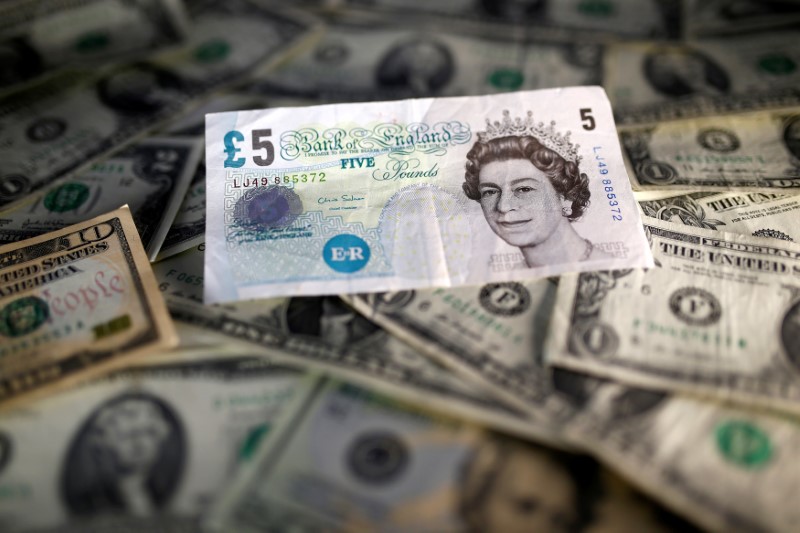By Peter Nurse
Investing.com - The dollar edged lower in early European trade Thursday as Democrat Joe Biden looked to be edging closer to winning the U.S. presidential election, while sterling gained as the Bank of England delivered a bigger than expected boost to the U.K.’s struggling economy.
At 3:55 AM ET (0755 GMT), the Dollar Index, which tracks the greenback against a basket of six other currencies, was down 0.1% at 93.312. EUR/USD rose 0.2% to 1.1740, USD/JPY fell 0.1% to 104.38, while the risk sensitive AUD/USD rose 0.2% to 0.7187.
The U.S. presidential battle remains undecided early Thursday, but Democratic candidate Joe Biden has taken the lead in the counting for the pivotal Midwestern states of Wisconsin and Michigan, suggesting he is getting closer to claiming the White House.
Expectations that a Biden administration would result in a slightly softer tone on trade policy are likely to weaken the dollar against the currencies of countries that often faced the threat of tariffs during Trump's administration.
USD/CNY traded 0.1% lower at 6.6429, while USD/MXN gained 0.1% to 20.922, steadying after Wednesday’s 0.9% drop. The Russian ruble also strengthened by nearly 1% on perceptions that a split Congress will find it harder to agree on tougher measures against the country in response to alleged election interference.
However, Republican incumbent President Donald Trump has attacked the vote counts in several states by pursuing lawsuits and a recount, meaning financial markets are having to prepare for days or even weeks of uncertainty.
The Federal Reserve is due to announce its latest monetary policy decision later Thursday, but is widely expected to keep policy on hold given the uncertain political situation.
Elsewhere, GBP/USD gained 0.2% to 1.3010 after the Bank of England decided to increase its bond-buying program by 150 billion pounds to 875 billion pounds, more than widely expected, in an attempt to support the country’s weakening economy.
However, it kept its key interest rate unchanged at 0.1%, despite having examined the possibility of cutting it to zero or even below in recent weeks.
The move is a response to the sharp slowdown in the U.K. economy coming from the second wave of the Covid-19 pandemic, which has forced the government to implement a second partial lockdown.
“We think that [the new lockdown] will take roughly 6%-7% off monthly GDP for November, following a forecast 1% contraction in October. That figure could rise if some schools are closed, or if there is a knock-on effect on industries not officially required to close,” said analyst James Smith at ING, in a research note.
“For the fourth quarter as a whole, that’s likely to mean a contraction of roughly 1.5% if most restrictions are lifted in December, or 2%+ if restrictions last longer.”
